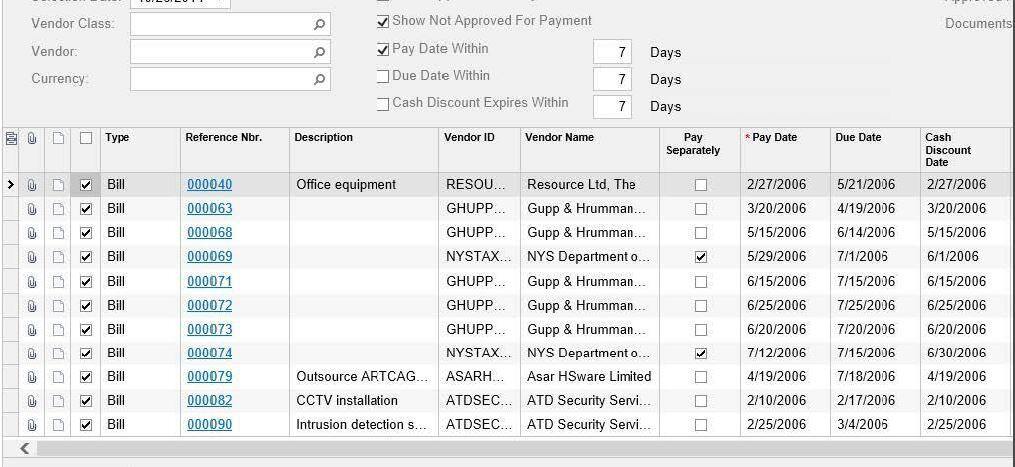Manufacturing
Sage 100 Work Orders
Home » ERP Resources » Sage 100 Resources » Sage 100 Work Order
Work Orders*
The Sage Work Order module is being replaced by Production Management for Sage 100
The Work Order module for Sage 100 ERP (formerly Sage ERP MAS 90 and 200) is the cornerstone of the system’s Manufacturing Solution. It allows you to issue work orders, develop schedules, and track costs associated with the manufacturing process. Work Order provides you with complete control of the manufacturing process and the ability to see up-to-the-minute, work-in-process information. This module is particularly well-suited for companies engaged in assemble-to-order, engineer-to-order, or make-to-order processing.
When Work Order is used in conjunction with Bill of Materials, the material required to produce a product can be automatically merged from the appropriate bill. All of the required paperwork to move the job through the shop can then be generated from each work order, including travelers, picking sheets, dispatch sheets, and operation tickets.
Using this module’s informative reports, you can evaluate missing costs, examine any variance from standards, check material shortages, analyze work center capacity, and confirm tool requirements. Additional reporting capabilities inform you of the status of open work orders, work in process, and work order history, and allow you to print inventory labels.
By combining the Work Order module with other modules from the award-winning Sage 100 ERP product lines, you can assemble the solution that best meets your individual business needs.
*This module is compatible with Sage 100 Standard and Advanced ERP.

Edition
Compatible with Sage 100 Standard and Advanced ERP
Reports
- Routing Listing
- Work Order Traveler
- Picking Sheet
- Dispatch Sheet
- Operation Ticket
- Work Order Transaction Journal
- Auto Issue Material Shortage Report
- Back Order Fill Report
- Work Order Labels
- Daily Transaction Register
- Work Order Cost Roll-up Register
- Open Work Order Report
- Work Order Memo
- Material Shortage Report
- Scheduled Capacity Report
- Tooling Requirements Report
- Work in Process Report
- Work in Process Recap Report
- On Demand Cost Ledger
- On Demand Missing Cost Report
- On Demand Variance From Standards Report
- Work Order History Report
- General Ledger Posting Recap
Features
WORK ORDER TEMPLATES
WORK ORDER ESTIMATES
Examine the cost and scheduling impact of a work order without committing the inventory components. As an added convenience, an estimate can be easily converted to a firm-planned work order.
MATERIAL ISSUE METHODS
WORK ORDER MAKE OPTION
A Make Option can indicate how the item produced by a work order is to be used and can be made for inventory, a sales order, or for another work order. The Back Order Fill Report provides a list of sales and work orders that can be filled upon completion of a product.
EXTENDED STEP DESCRIPTION
WORK ORDER SCHEDULING
Scheduling information can be maintained for each work order. Forward scheduling can be used to calculate the due date based on a specified release date and the lead times. Backward scheduling can be used to calculate the necessary release date based on a specified due date. You can reschedule a work order after it has been released.
WORK CENTER CAPACITY ANALYSIS
WORK ORDER DOCUMENTS
You can print Work Order Travelers, Picking Sheets, Dispatch Sheets, and Operation Tickets for work orders. These documents can be printed for released or unreleased work orders.
WORK ORDER TRANSACTION ENTRY
BY-PRODUCT ACCOMMODATION
WORK ORDER HISTORY
WORK ORDER COST ROLL-UP
USER-DEFINED FIELDS
WORK ORDER MEMOS
WORK ORDER LABELS
BAR-CODE PRINTING
Bar codes can be printed for selected fields on Travelers, Operation Tickets, Picking Sheets, and Work Order Labels. Both Code 39 and Code 128 bar-code formats are supported for a variety of printers.
Want More Information on Manufacturing?
Power up your entire manufacturing process with manufacturing software that drives productivity and provides detailed, accurate tracking and reporting at every stage – from forecasting to shop floor to completion. Create multi-level bills and produce accurate, informative reports detailing bill structures.
